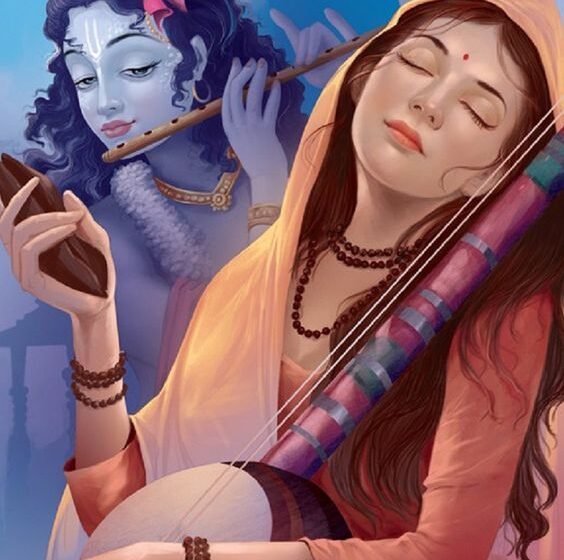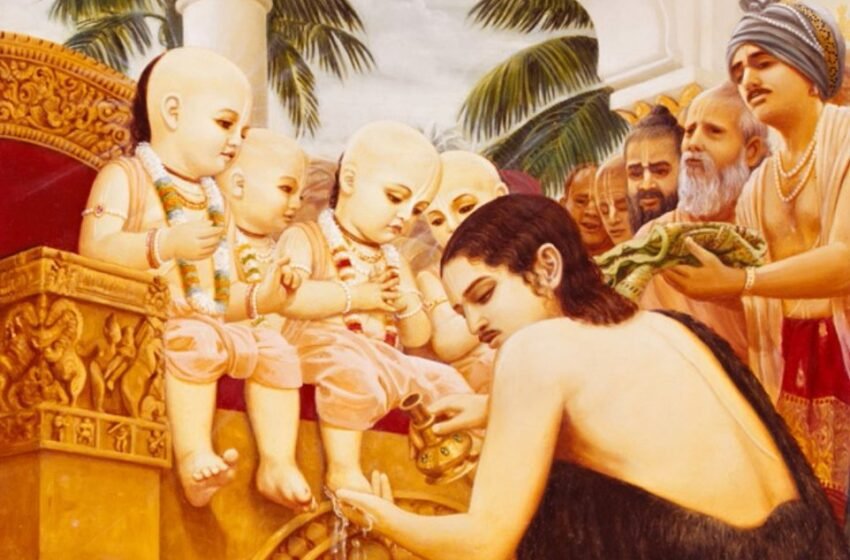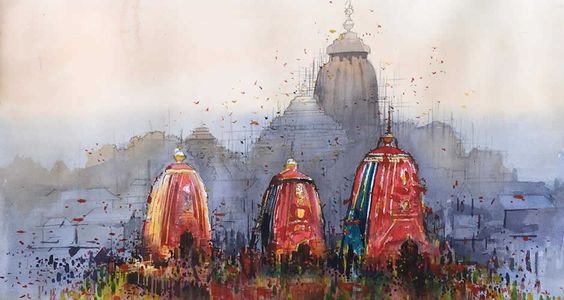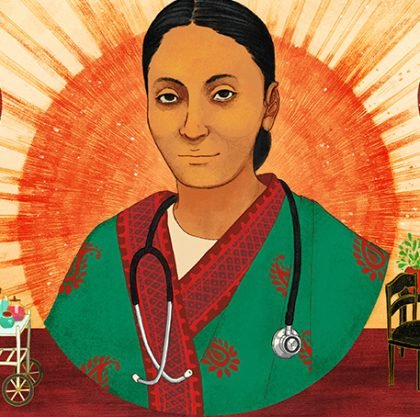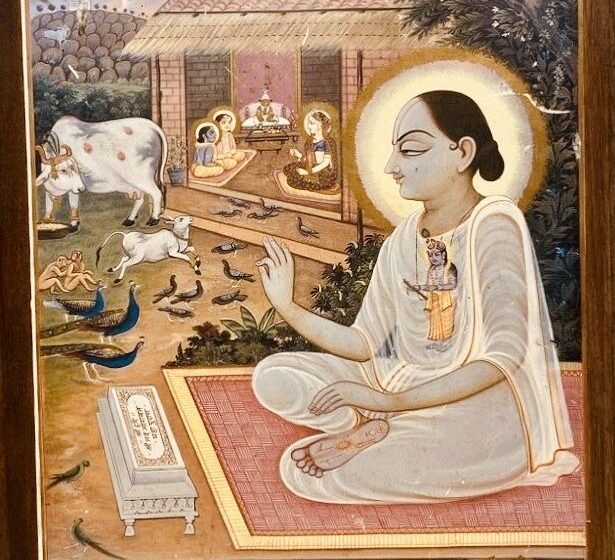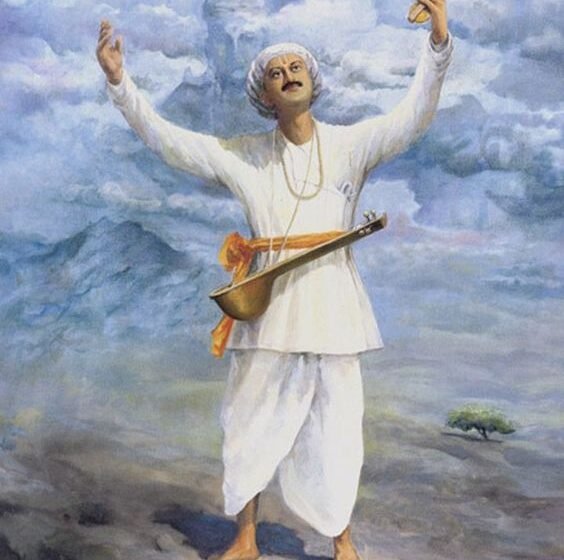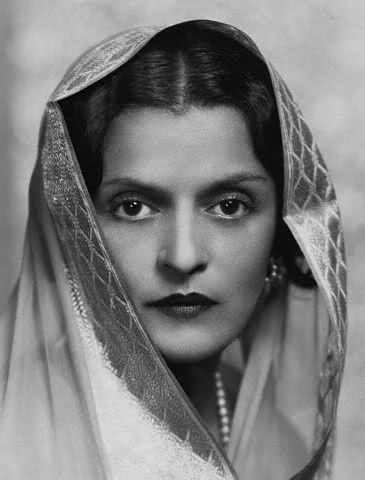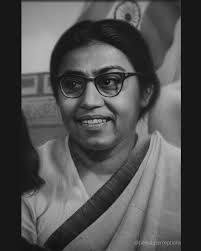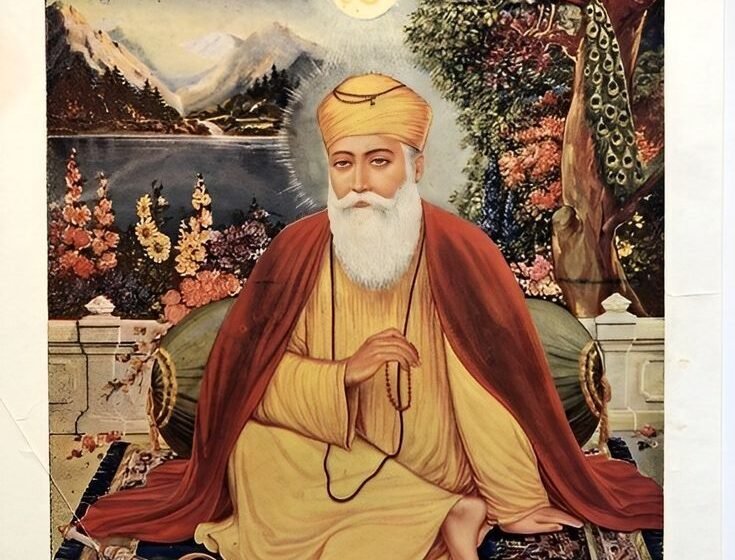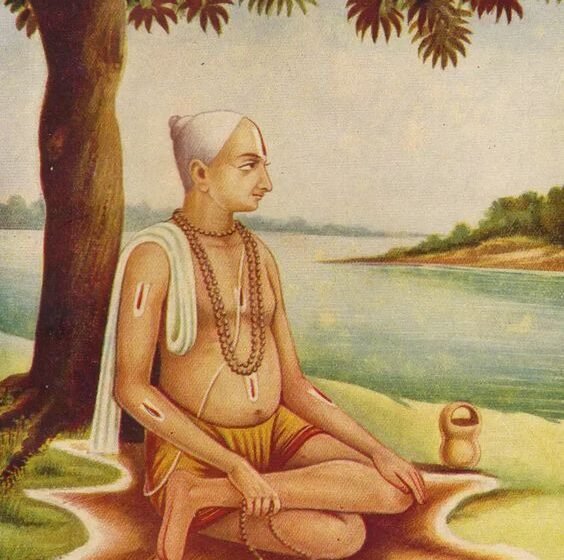The greatest devotee of Lord Krishna, Meerabai, was born in 1498 to Ratan Singh in the royal family of Rajasthan. Gifted with a mellifluous voice, she is one of the most celebrated poets of Bhaktikal. Meerabai was nothing short of a rebel, for she defied all the societal norms by refusing to commit sati and […]Read More
Tags : INDIAN HISTORY
Discover the Ancient Wisdom: Explore the Timeless Teachings of the
The Sanat-Kumara Purāṇa is an ancient Hindu text radiant with spiritual wisdom, cultural richness, and the depth of Indian mythology and philosophy. This Purāṇa is one of the eighteen Mahāpurāṇas attributed to Sanat-Kumara, one of the four Kumaras who are considered eternal youth and seers in Indian tradition. In this blog, various features of Sanat-Kumara […]Read More
The Legend & Legacy of Divine Journey: The Magnificence of
Rath Yatra is a celebration of the legends of the three sibling deities Jagannath who is known as Lord Krishna , Balaram who is also known as Balabhadra and their sister Subhadra. The statues of the deities of Jagannath, Balaram and Subhadra are taken via procession through the streets via chariots. The festival is celebrated […]Read More
In day-to-day life, women face many problems. Still, there is no one like a woman who is as strong as her. Whatever the role she played, she exemplified it. Men may be strong physically, but the mental strength in women takes them everywhere to face the world. Normal women face many problems, what if the […]Read More
Vallabhacharya, also known as Vallabha, was a 16th-century Indian saint, philosopher, and the founder of the Puṣṭimārga sect of Vaishnavism. His life and teachings left an indelible mark on spiritual thought and cultural practices in India. Vallabhacharya was born around 1479 CE in the region of Braj (Vraja), which encompasses present-day Uttar Pradesh, India. His […]Read More
Tukaram: The Devotional Poet and Social Reformer
Sant Tukaram Maharaj, also known as Tuka, Tuko Baraya, and Tukoba, was a 17th-century Marathi saint who left an indelible mark on the Bhakti movement in Maharashtra. His life was dedicated to devotion, poetry, and social reform. Tukaram was born in Dehu village, Maharashtra, around 1598 or 16081. His unwavering devotion was directed towards Vithoba, […]Read More
Indira Devi, born Indira Raje on February 19, 1892, into the illustrious Gaekwad family of Baroda, India, defied conventions and etched her name in history as a woman of extraordinary courage and determination. Her story is not just one of royal lineage and opulence but also of personal choices that shaped the course of her […]Read More
Long ago women were worshipped as God as well as the secondary human being in India. After ages, women were treated as following their tradition and culture; that includes, they should not go out without the help of any man in their life. It started with her father or brother or husband or her son. […]Read More
Guru Nanak, born on April 15, 1469, in the village of Rāi Bhoi Dī Talvaṇḍī (now Nankana Sahib, Punjab, Pakistan), is the revered first of the ten Sikh Gurus. His birth anniversary, celebrated as Guru Nanak Gurpurab, falls on Katak Pooranmashi (the full moon of Kathak, which corresponds to October–November). Nanak’s teachings transcend religious boundaries, […]Read More
Tulsidas, also known as Rambola Dubey, was a revered Hindu saint, poet, and philosopher. His unwavering devotion to Lord Rama led him to compose significant literary works that continue to inspire millions. Among his notable creations are the Hanuman Chalisa and the epic Ramcharitmanas, a retelling of the ancient Sanskrit Ramayana in the vernacular Awadhi […]Read More
